The content of the article
From the very beginning of civilization, man has been accompanied by a very important tool - a knife. It was made from different materials. Over the past centuries, unconditional leadership for metal products. But at the end of the 20th century, the Japanese began to release a new product that immediately conquered the market. These are ceramic knives.
Properties and features of ceramic knives
In the early eighties, Japanese technologists noticed the amazing properties of zirconium dioxide, which is derived from the mineral zircon.
The main feature of zirconia products is high hardness. On the Mohs scale, the hardness of a diamond is 10. The hardness of zirconium dioxide ranges from 8.2 to 8.5. In this case, hardened steel, this figure is 6.2.
Another attractive property of this mineral is that it is chemically neutral.
Ceramic these knives are called primarily for manufacturing technology. Produce them from zirconium dioxide powder by pressing in special forms and subsequent roasting in the oven at temperatures above 1500 degrees.
The advantages of ceramic knives
- Due to the high hardness of the material from which they are made, these knives for a long time retain the sharpness of the cutting edge;
- It is easy to cut food with such knives, even the softest ones that are crushed with the usual tools;
- They are chemically neutral, so they do not absorb themselves and do not leave extraneous smells on the products, moreover, they do not destroy the beneficial vitamins present in the buttered food;
- Ceramic knives do not corrode and do not oxidize the cut fruits and vegetables;
- The weight of these products is much less than the metal counterparts.
The disadvantages of ceramic knives
- Despite its high hardness, under certain conditions a ceramic knife may turn out to be brittle. They should not be carving frozen foods and bones, as well as making chopping movements, because the cutting edge may crumble or the blade may break;
- This knife is not universal, it is good only in the kitchen, and its value is higher than that of most metal knives;
- Sharpening a ceramic knife is a rather complicated process. A person without skills can not cope with this and will be forced to look for a special workshop.
Types of ceramic knives
Having decided to buy a new ceramic knife, you need to know what types of these products exist and how they differ from each other.
First of all, you should pay attention to the manufacturer. The undoubted leaders in this segment are the Japanese masters. When buying a Chinese product, one must bear in mind that the knife may be more fragile and short-lived.
Significantly different knives made from different starting materials. Black ceramic knives have greater hardness and durability than products having a light shade.
Ways to sharpen a ceramic knife
Given the high hardness of the material from which the ceramic knives are made, for grinding and polishing, grinding wheels and diamond-coated stones are required. It is useless to use ordinary grinding materials, they will not leave any trace on the surface of the knife.
The second condition that should be observed is to perform sharpening in three stages.Initially, the sharp edges are machined with a coarser material; for a grinding stone, this will be 3000 grit. Then, grinding with a 5000 grit tool is done and this work ends with a 6000 grit stone.
If you do not finish grinding and polishing stones with fine grit, then the cutting blade of a ceramic knife can crumble after a few days of using it in the kitchen.
The easiest way to sharpen a ceramic knife - This is to use a special electric grinder, which is sold in the same place as the knives. At the same time, you need to know what sharpening for a particular knife is required - one-sided or double-sided. In accordance with the required method, it is necessary to choose the mode. In such devices are adjusted all the angles needed in the processing of knife blades.
Quickly enough, you can sharpen a ceramic knife on a grinding machine with a circle that is coated with diamond chips with a grain size of not more than 40 microns. For such a fragile material as ceramics, you must follow some rules:
- the spindle on which the circle rotates should not be loose, there should be no beating of the grinding wheel;
- sharpening required to do in low speed mode;
- during sharpening, pressing the blade of the knife against the rotating disk requires minimum effort, and during the whole process they should be the same;
- sharpening angle for kitchen knives adopted in the range of 18 - 25 degrees;
- sharpening the blade is required from the handle to the tip, and the movement is slow without jerks;
- after machining on a grinding machine, the surface to be ground should be polished;
- Before starting work, it is necessary to make sure that the blade of a ceramic knife will be processed from one or two sides.
More time and energy will be spent if the decision is made to straighten the knife blade with the help of grinding stones or bars. In this case, the tool requirement is the same. Only diamond coated bars are used. The grain size of the bars should be from large - for primary processing, to fine - for subsequent grinding and polishing the surface. For convenience, bars of at least fifteen centimeters are selected.
- During sharpening it is not possible to apply large lateral forces on the blade of the knife. The pressure should be gentle and uniform.
- At the bar, the blade is first applied at the handle and then a slow movement occurs to the knife's edge. Movement is only in one direction.
- The sharpening angle for a kitchen knife is 18 - 25 degrees.
- If the sharpening was one-sided, then, after its completion, turning the blade over with the other side, the resulting bully is removed on the bar with one movement.
- Sharpening a knife should be on a wet bar, for this it is recommended to lower it in water for 10 minutes beforehand.
Despite certain difficulties in sharpening ceramic knives and the need to be careful when using them, this tool is rightly called the invention of the XXI century. Their absolute environmental friendliness, lightness and high sharpness make ceramic knives indispensable in the kitchen. The best results are achieved by housewives and professional chefs who use both ceramic and traditional steel knives. Each tool is used for a particular type of work. In this respect, ceramic knives serve for many years, without requiring additional care.
Video: how to quickly sharpen a ceramic knife

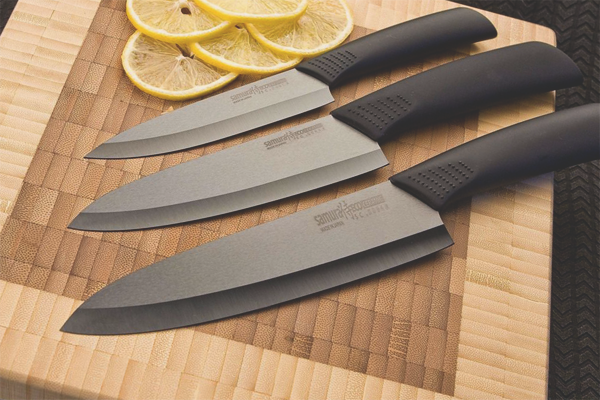
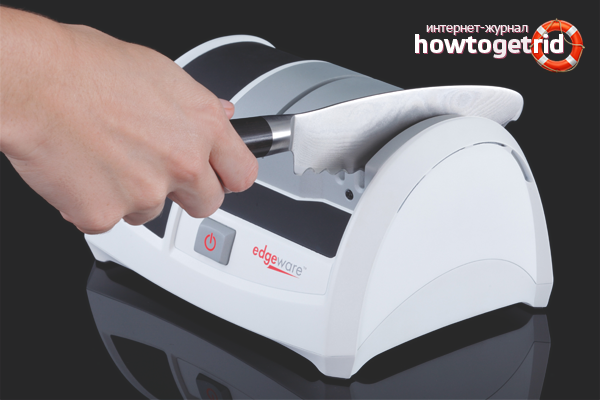

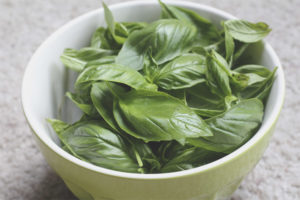

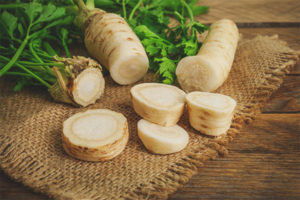
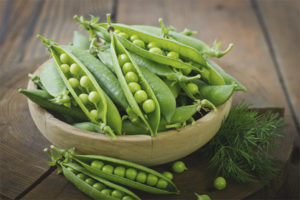
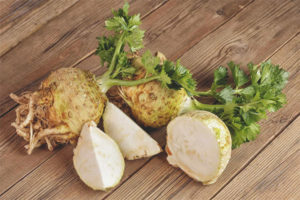
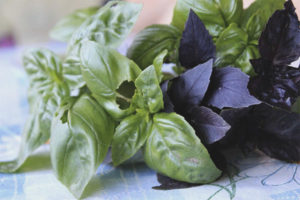
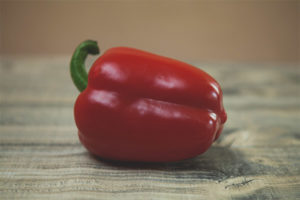
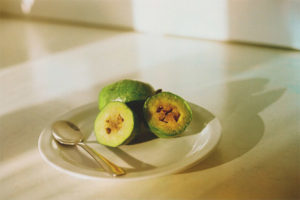
To send